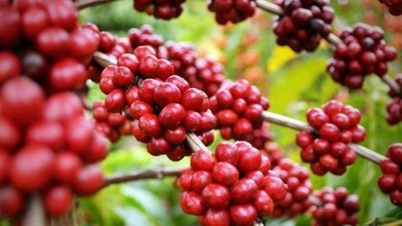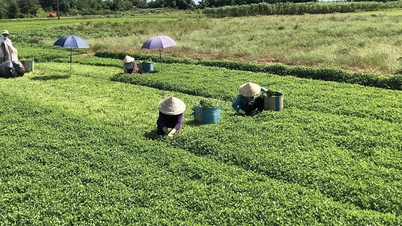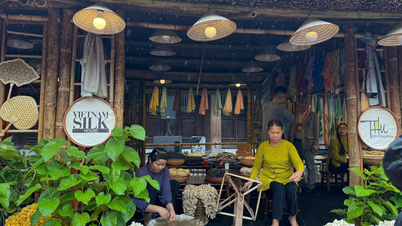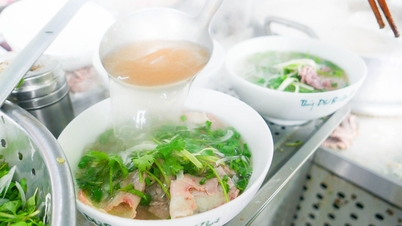Developments in the North
Some northern localities such as Tuyen Quang, Hanoi , and Hai Phong simultaneously reduced prices by 1,000 - 2,000 VND/kg, bringing the transaction price down to 58,000 VND/kg, making the average for the whole region about 57,600 VND/kg.
Illustration photo. Photo: Internet
Developments in the Central Highlands
In this region, Thanh Hoa and Nghe An prices decreased by 1, reaching 57,000 VND/kg. In Ha Tinh , prices dropped sharply to 56,000 VND/kg, while in Quang Tri and Thua Thien Hue, prices fluctuated from 55,000 - 56,000 VND/kg.
Developments in the South
The South is not immune to the downward trend. Can Tho saw a sharp drop in prices, down to 58,000 VND/kg. Prices in An Giang and Vinh Long stood at 59,000 VND/kg, while Tay Ninh and Dong Thap fell to 60,000 VND/kg.
Currently, the domestic price of live pigs is between 55,000 - 61,000 VND/kg, lower than last week.
Epidemic situation
Along with the price drop, the livestock industry has also been heavily affected by African swine fever (ASF). An Giang has become a hot spot with a total herd of more than 246,000 pigs, but the disease has spread to 6 areas, 14 communes and 42 hamlets.
Up to this point, the whole province has recorded 767 infected pigs, of which 708 had to be destroyed with a total weight of over 26.7 tons. In addition, nearly 12,500 other pigs are in high-risk areas, posing a potential threat to the safety of the pig herd.
To control the situation, the Agricultural Extension Center and the Department of Animal Husbandry and Veterinary Medicine of An Giang have coordinated with local authorities to deploy urgent measures: zoning, spraying disinfectants and destroying sick pigs according to regulations. At the same time, propaganda activities have been strengthened to guide farmers in cleaning their barns, controlling transportation and slaughtering.
Ms. Huynh Dao Nguyen, Director of the An Giang Agricultural Extension Center, said: “The current priority is to closely monitor the epidemic and increase vaccination. In addition, the application of biosecurity measures should be considered by farmers as the most solid barrier to protect their livestock.”
Market forecast
According to experts, the pig market is facing a “double shock”: short-term prices continue to fall, while ASF threatens supply. If the disease is not controlled soon, pork supply could drop sharply by the end of the year.
In the context of increased consumption demand during the Lunar New Year, the imbalance between supply and demand is likely to cause the price of live pigs to increase, even suddenly. However, if the ASF epidemic is not controlled, the risk to farmers and the market remains high.
In the short term, pork prices in the North and Central regions are likely to continue to be under pressure due to weak purchasing power.
In the long term, the Southern region is forecast to remain more stable thanks to the balance of supply and demand, but still depends largely on the effectiveness of epidemic control.
From now until the end of the year, the price of live pigs will depend mainly on two factors: the control of ASF and domestic consumption demand. If epidemic prevention is tightened and supply is stable, the market can definitely witness a recovery.
Hung Le
Source: https://doanhnghiepvn.vn/kinh-te/gia-heo-hoi-ngay-17-9-2025-da-giam-tiep-dien-tren-ca-nuoc/20250917082706703




![[Photo] President Luong Cuong receives US Secretary of War Pete Hegseth](https://vphoto.vietnam.vn/thumb/1200x675/vietnam/resource/IMAGE/2025/11/02/1762089839868_ndo_br_1-jpg.webp)



![[Photo] Lam Dong: Images of damage after a suspected lake burst in Tuy Phong](https://vphoto.vietnam.vn/thumb/1200x675/vietnam/resource/IMAGE/2025/11/02/1762078736805_8e7f5424f473782d2162-5118-jpg.webp)






































































































Comment (0)